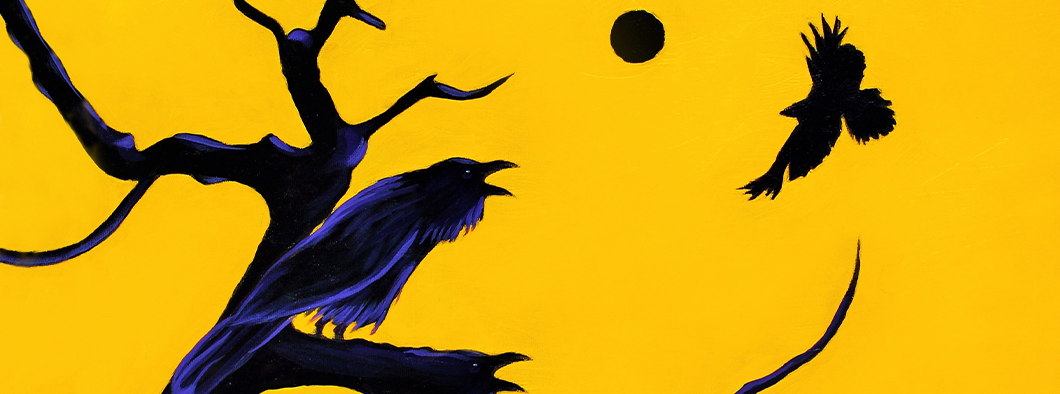Wejiknemkewe’l
Challenges associated with treaty-making
Sikeyik ahcuwi assihkomeq
Theme:
Ta’n Tel-mimajultimk, Mawo’ltimk aqq Kɨpnno’lewey
Economic, Social, and Political Life
Wetawsultiyeqpon, Mawehewakon naka Litposuwakon
Global Competencies
Critical Thinking and Problem Solving
- 1. Learners solve meaningful, real-life, complex problems. (Activity 2 and 3)
- 2. Learners analyze the functions and the interconnections of social, economic, and ecological systems. (Activity 1, 2, and 3)
Innovation, Creativity, and Entrepreneurship
- 1. Learners contribute solutions to complex social, economic, and environmental problems. (Activity 2 and 3)
Learning to Learn/Self-Aware and Self-Directed
- 1. Learners take the past into account to understand the present and approach the future. (Activity 1, 2, and 3)
Communication
- 1. Learners ask effective questions to acquire knowledge, listen to understand all points of view, voice their own opinions, and advocate for ideas. (Activity 3)
Global Citizenship and Sustainability
- 1. Learners understand the ecological, economic and social forces, their interconnectedness, and how they affect individuals and societies. (Activity 1, 2, and 3)
Curriculum Outcomes
English Language Arts
General Curriculum Outcomes
- 1. Students will ask and respond to questions to clarify information and explore solutions to problems. (Activity 1 and 2)
- 4. Students will use pictures and illustrations, word structures and text features to locate topics and obtain or verify understandings of information. (Activity 1, 2, and 3)
- 5. Students will answer, with assistance, their own and others’ questions by seeking information from a variety of texts. (Activity 2)
- 5. Students will recognize the purpose of classification systems and basic reference materials. (Activity 3)
- 7. Students will respond critically to texts by asking questions and formulating understandings. (Activity 2)
Mathematics
Patterns and Relations
- 1. Reproduce a pattern in a table or chart using concrete materials. (Activity 3)
Social Studies
Specific Curriculum Outcomes
Students will be able to:
- 4.2.2. Analyze factors that motivate exploration. (Activity 1)
- 4.4.2. Examine the human landscape of Canada. (Activity 1 and 2)
Visual Arts Outcome
Use a variety of sources for images such as memory, fantasy, observation, and recording. (Activity 1 and 2)
Associated Text Materials
Grade 4 – Explorations
- p.38-42 – How does the Quest for Wealth and Power Motivate Us to Explore (and to make Treaties)?
- p.44 – How Does Exploration Cause Change? How Does Exploration Change Our Understanding?
- p.48 – Analyze consequences of exploration
- p. 164 – Conduct a survey





